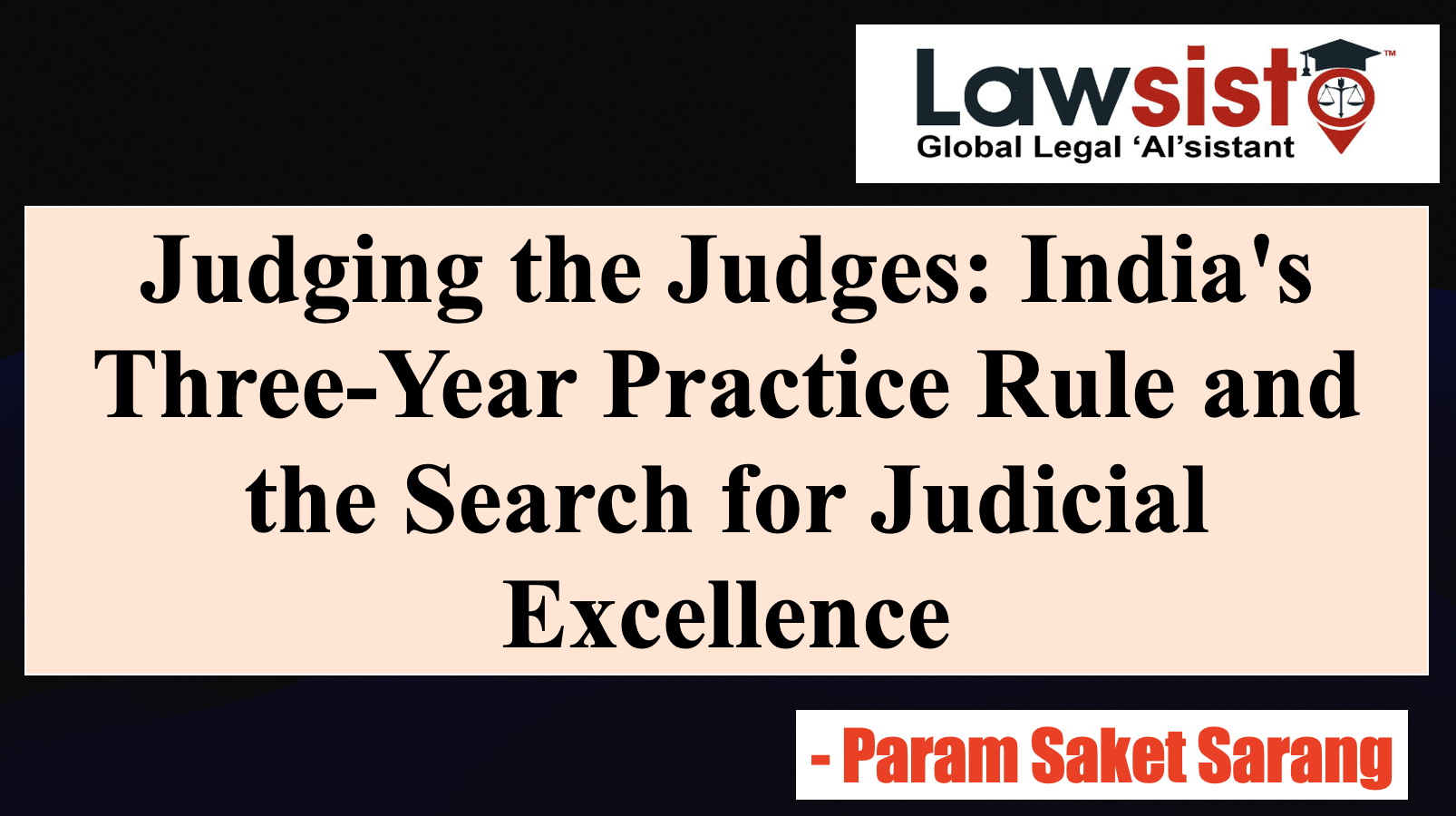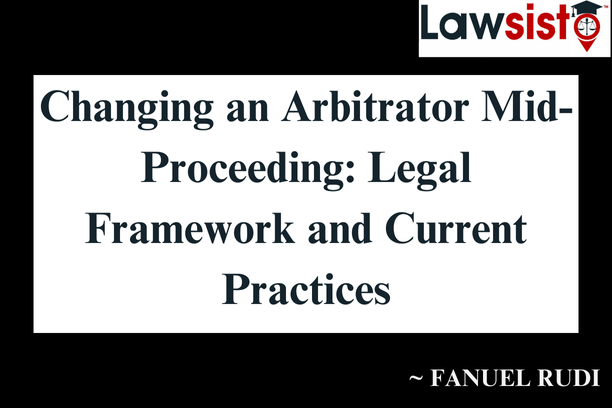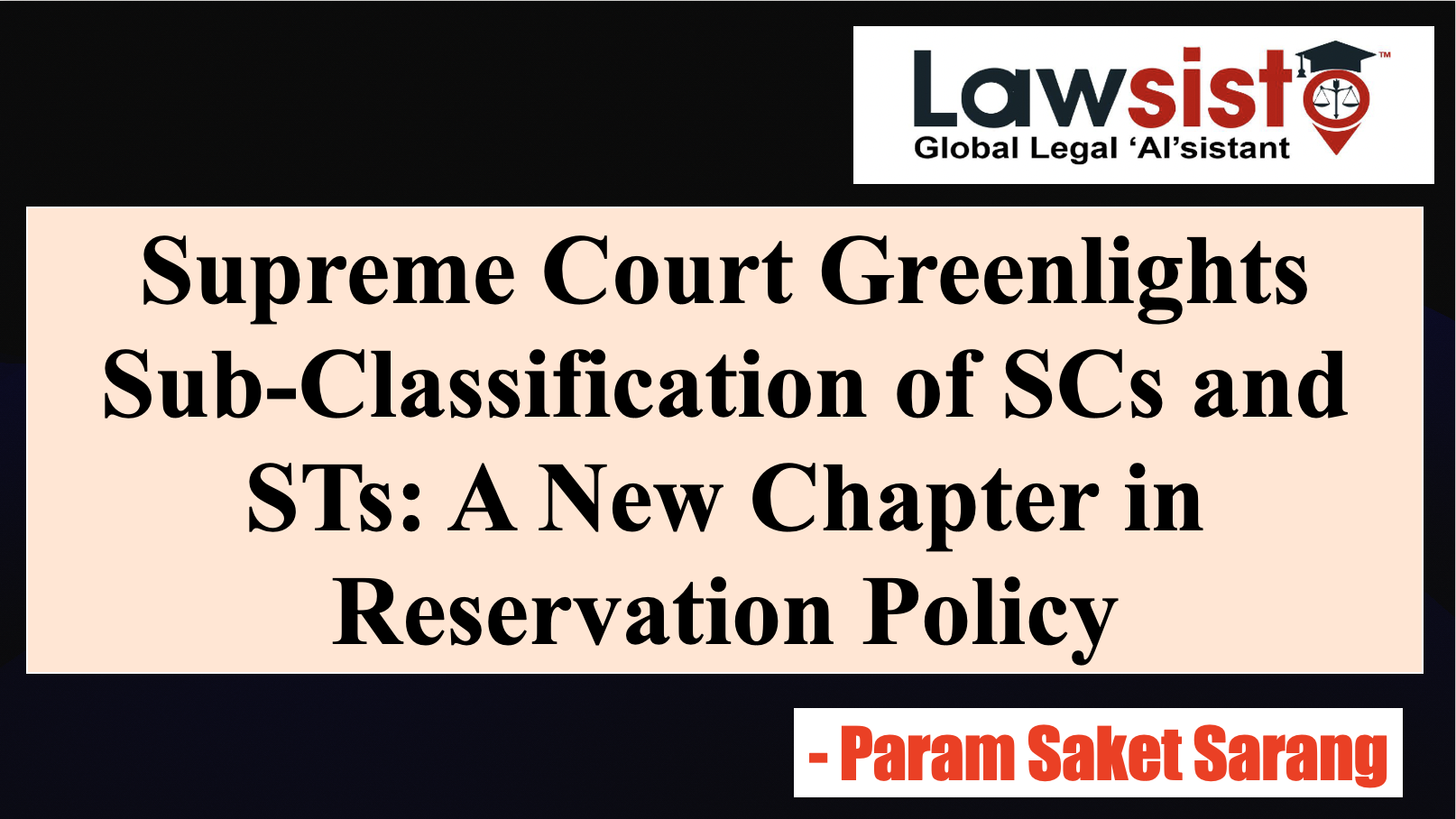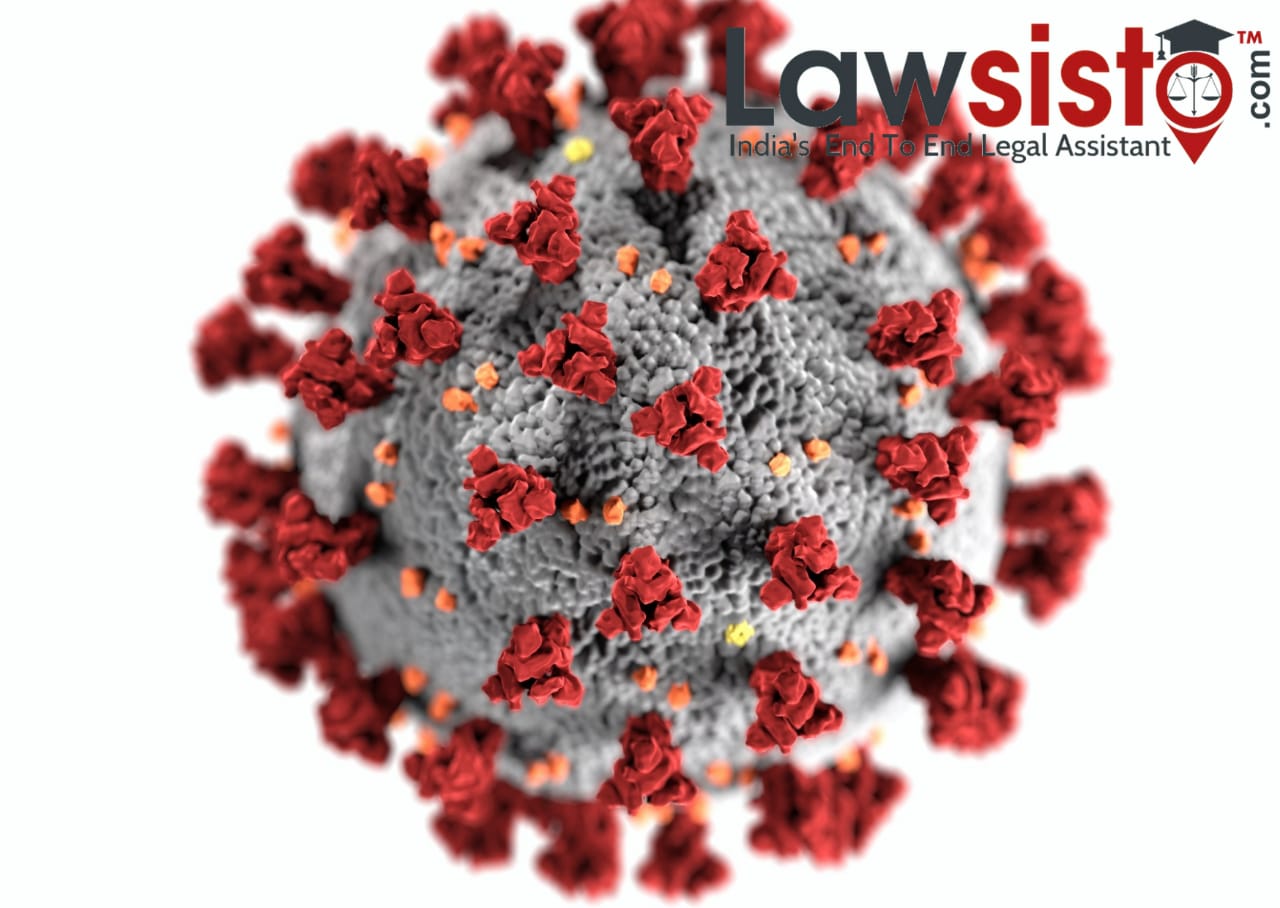Latest News
Mastering the Art of Legal Drafting: A Comprehensive Guide to Improvement

Introduction: Legal drafting is a fundamental skill for lawyers and legal professionals. It involves the creation and composition of legal documents such as contracts, pleadings, and agreements. Effective legal drafting is crucial as it ensures clarity, precision, and accuracy in conveying legal concepts and intentions. In this article, we will explore essential techniques and tips to improve legal drafting, enabling practitioners to produce high-quality documents that stand up to scrutiny.
-
Understand the Purpose and Audience: Before diving into the drafting process, it is crucial to understand the purpose of the document and the intended audience. Identify the desired outcome of the document, whether it is to create rights and obligations, clarify legal terms, or persuade a court. Understanding the audience, whether it is a judge, client, or opposing counsel, helps tailor the document's tone, language, and level of technicality accordingly.
-
Thoroughly Research and Analyze: A solid foundation of legal knowledge is essential for effective legal drafting. Conduct in-depth research to understand the relevant laws, regulations, and precedents that govern the subject matter. Analyze how courts have interpreted similar provisions in the past and identify key legal principles that must be addressed. A well-informed understanding of the law provides the necessary framework for drafting accurate and enforceable documents.
-
Maintain Clarity and Simplicity: Legal drafting often involves complex concepts and technical language. However, it is crucial to communicate those ideas in a clear and straightforward manner. Avoid unnecessary jargon, convoluted sentence structures, and excessive legalistic phrases. Use plain language whenever possible, making the document accessible to the intended audience. Maintain consistency in terminology and ensure that each provision is easily understandable.
-
Structure and Organization: An organized structure is vital for any legal document. Start with a clear and concise introduction that provides an overview of the document's purpose. Divide the document into sections and subsections, using headings and subheadings to guide the reader. Use numbering or lettering to create a logical hierarchy within the document. Each section should address a specific issue, ensuring a cohesive flow of ideas throughout the document.
-
Precision in Language: Precise language is paramount in legal drafting. Ambiguity can lead to misinterpretation and potential disputes. Drafters should define key terms explicitly, especially when dealing with complex or technical concepts. Avoid vague or overbroad language that could create uncertainty. Consider using definitions, cross-references, and examples to clarify the intended meaning of provisions.
-
Consistency and Harmonization: Consistency is crucial to maintain coherence and avoid confusion. Ensure that defined terms, grammar, punctuation, and formatting are consistent throughout the document. Harmonize provisions to eliminate any internal conflicts or contradictions. Cross-reference related provisions and sections to ensure accuracy and clarity. A well-harmonized document demonstrates professionalism and attention to detail.
-
Anticipate Potential Issues: An experienced drafter anticipates potential issues and addresses them proactively. Consider various scenarios and identify potential gaps, ambiguities, or unintended consequences in the document. Scrutinize each provision from multiple perspectives and challenge the document's assumptions. This helps to eliminate loopholes, minimize risks, and enhance the document's effectiveness in achieving its intended objectives.
-
Edit and Review Diligently: Legal drafting is an iterative process that requires meticulous editing and review. Proofread the document for grammar, punctuation, spelling errors, and typographical mistakes. Ensure that each provision is logically connected and supports the overall objective of the document. Seek feedback from colleagues, mentors, or subject matter experts to gain fresh insights and identify areas for improvement.
-
Update and Adapt to Changing Laws: Laws are constantly evolving, and legal drafters must stay up to date with the latest developments. Regularly review and update document templates to reflect any changes in relevant laws, regulations, or court decisions. Maintain a repository of drafting resources, including precedents, style guides, and drafting manuals, to facilitate efficient and accurate drafting.
Conclusion: Improving legal drafting skills is an ongoing process that requires a combination of legal knowledge, critical thinking, and attention to detail. By understanding the purpose and audience, conducting thorough research, maintaining clarity and simplicity, organizing the document effectively, using precise language, ensuring consistency, anticipating issues, diligently editing and reviewing, and staying updated, legal professionals can enhance their drafting abilities and produce documents that are precise, enforceable, and effective in achieving their intended objectives.


































































































